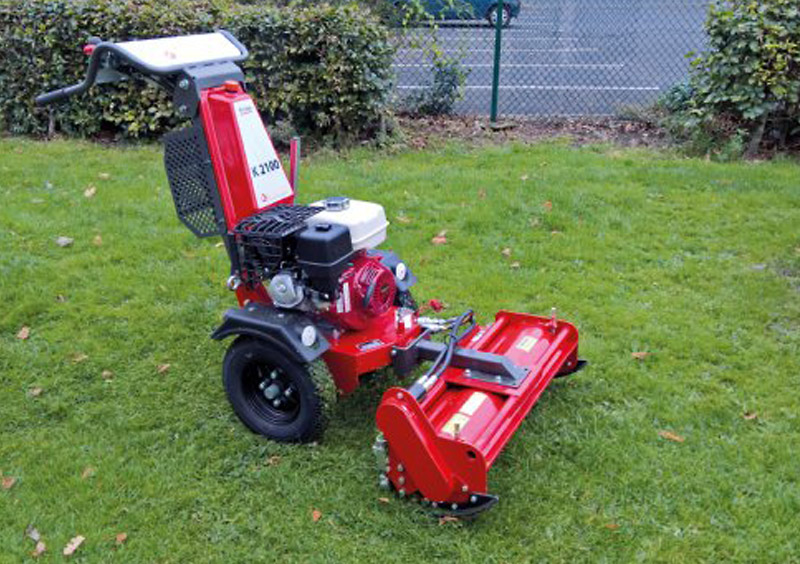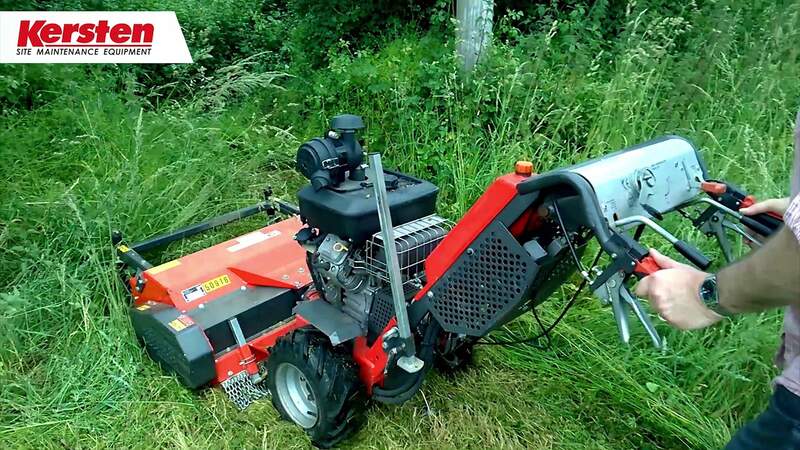Maintaining the Performance of Grass Surfaces
In this blog article we look at how to look after grass surfaces in order to improve drainage of water, reduce weeds and maintain the perfor
The Performance Properties of Artificial Grass
Of all the surfaces discussed we provide machinery to maintain grass gets the most attention from grounds maintenance teams. Probably because of the incredible marketing efforts of mower manufacturers and its proliferation in televised sporting events. I hope you can see from the information in our other blogs that other surfaces deserve just as much attention in order to keep them performing at their best.
Grass is used in areas with predominantly pedestrian traffic, such as gardens, sports pitches and parks. The surface must mainly perform similar functions to artificial grass.
1. An even surface for players to run over, allowing the ball to play as expected.
2. Provide grip for players
3. Drain quickly so the pitch can be used for as many hours as possible.
4. Provide a relatively soft , even landing with no sharp objects
5. Look attractive to players and spectators.
The way this is achieved is a little different. Usually the surface is simply a soil or sand/soil mix on top of a firm organic base. The top is either grass; seeded straight into the soil, or turf, which is pre-established and then laid on top of the soil. Drainage depends upon the soil type and processes such as aeration to create channels through which water can drain. Some sports pitches will have a more complex system to improve growing conditions and drainage; as shown below.
Picture Credit; https://www.eurosportsturf.com/fiberelastic/?lang=en
How Does Surface Compaction Cause Problems on Grass?
The surface drainage often relies on processes such as aeration in order to work. Heavy footfall over the surface is enough to undo much of the work of the aerator and compact the surface again, preventing proper drainage. The grass can also fold over, making it difficult to cut and therefore it grows sideways and weaves together forming a clumpy, uneven mat.
As mentioned, drainage can be improved by regular aeration of the surface. It can be beneficial to add sand into the holes in order to prolong their effectiveness and make the ground more stable. Aerating is usually achieved with a heavy machine, therefore the surface should be reasonably dry before any maintenance tasks are carried out to avoid unnecessary damage.
Picture Credit; https://www.rhs.org.uk/advice
What is the matter with detritus build up on Grass Surfaces?
Detritus can build up on the surface in the same way as in artificial grass, however here the problem is generally greater as the organic base is already a perfect place for weeds and moss to become established - Additional detritus will also contribute to making the ground uneven.
Grass can be effectively treated with certain herbicides to reduce weed growth, in addition to this, a regular scarification process will thin out the thatch and remove any moss. The moss and thatch can then be collected by a powered sweeper and collector or in a mower.
Why is surface displacement a problem on Grass Surfaces?
Soil is very soft and is easily displaced by heavy traffic if it is wet. This can leave the surface very uneven with ditches and lumps appearing over time.
The main cause of this is play and maintenance carried out in wet conditions. If possible it is better to carry out work in dry conditions. However, a little surface displacement can be fixed with a roller.
Grass Surfaces face an additional complication for maintenance
Unlike other surfaces we have discussed, grass has the added element of natural growth, which must be maintained, or it will become an unusable surface. Cutting the grass is a fairly straight forward operation, but there are some considerations.
The grass should first be brushed or sucked into an upright position , this is easiest on a dry day. Once upright the grass can be cut. Cutting should be carried out in the late afternoon if possible as this puts the least stress on the grass.
A cylinder cut is better for the grass than a rotary mower, as it cuts the grass rather than tearing it, which puts less stress on the grass. However, this depends on what finish is required and your budget. After cutting you can choose to roll the grass to achieve a stripe, or leave it upright. Cuttings can be collected, or mulched into the remaining grass to promote growth and reduce the time taken up by emptying the collector. However, if mulching - it is essential to cut no more than about 1/3 of the grass in order to hide the cuttings in the remaining sward (expanse of short grass). Grass should be cut every few days. Only taking a small amount every time. A few days is needed for the grass to recover between cuts. Plenty of water is essential for healthy grass.

What about when my grass surface gets really bad?
If grass is not regularly maintained and becomes overgrown or unkempt a flail mower can be used to cut and mulch the grass, this will leave cuttings on the surface. High volumes of cover left over the surface; whether this be by long grass, or cut– uncollected grass, will cause bald patches or sparseness of the grass. Moss will then grow to cover these bald patches. Collection of cuttings, scarification of the surface and reseeding may be needed.

Like this Blog? Find out more by reading our surface maintenance handbook;
https://kerstenuk.com/files/Kersten-surface-maintenance-handbook-catalogue.pdf
No comments yet. Login to start a new discussion Start a new discussion